History Hits: NASA’s Hot-Rodded Pontiac Convertible
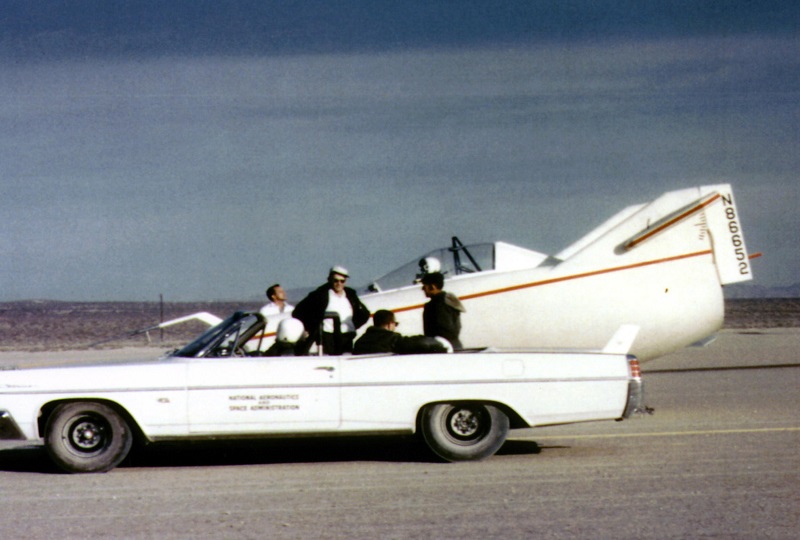 Government agencies—bureaucracy, in other words—are generally not considered cool. Sure, there are some strange folks out there who dream of becoming a mail carrier, or perhaps manning the desk at the local Department of Motor Vehicles, but for the most part, these careers tend to be found rather than sought. However, there is one clear exception to this rule: The National Aeronautics and Space Administration, better known as NASA.
Government agencies—bureaucracy, in other words—are generally not considered cool. Sure, there are some strange folks out there who dream of becoming a mail carrier, or perhaps manning the desk at the local Department of Motor Vehicles, but for the most part, these careers tend to be found rather than sought. However, there is one clear exception to this rule: The National Aeronautics and Space Administration, better known as NASA.
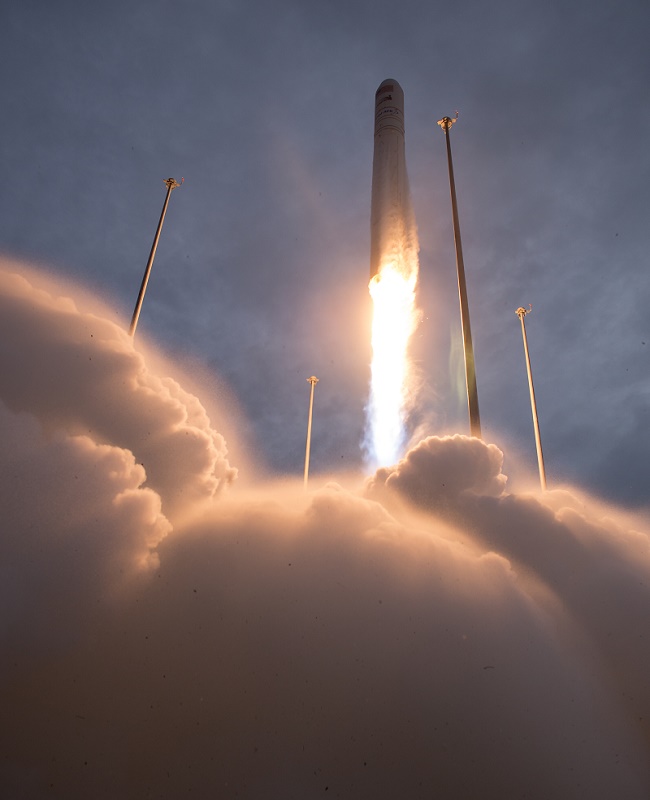
Unlike the Post Office or the Department of Motor Vehicles (sorry guys, but it is true), NASA is undeniably, unequivocally, cool. Putting men on the Moon, building a long line of rockets and robots, and building a hot rod Pontiac are all just a few of the things the government agency has done in their almost 60-year history.
Wait.
Hot Rod Pontiac?
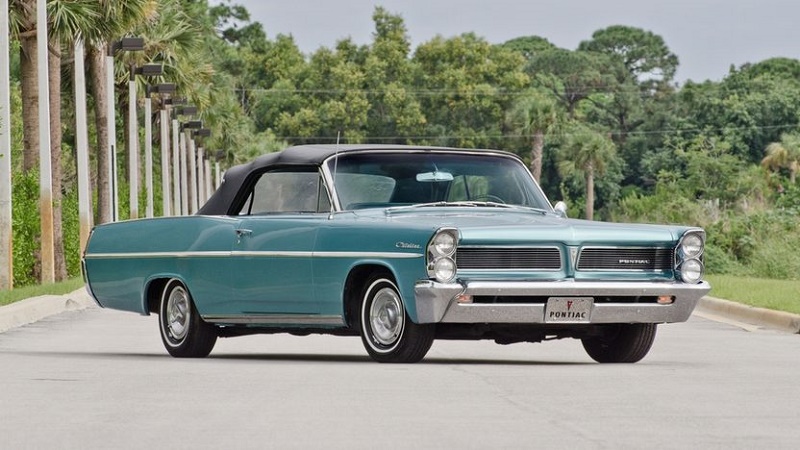
That’s right: not only does NASA have the distinction of being the only government civilian agency to make it to the Moon, they also have the distinction of producing, owning, maintaining, and running the only government-owned and funded hot rod muscle car. The car in question, a 1963 Pontiac Catalina Convertible, was an official flight-testing vehicle for the agency, spending its government service doing high-speed runs on a desert salt pan lake bed.
The car was not some NASA officials private plaything, but was rather designed as a tow vehicle for early lifting body aircraft. These aircraft, which would eventually help develop the Space Shuttle, had to be tested at high speed, reliably and safely. After building a mock-up of their glider, dubbed the M2-F1, out of plywood, the NASA team—who often worked on their days off, as the project was of a slightly skunkworks nature—were stuck with the problem of how to lift their glider into the air.
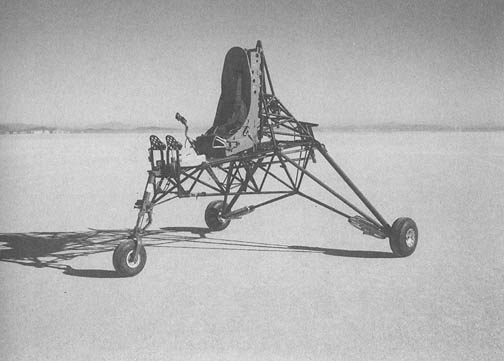
Building the M2-F1 tapped the meager budget of the NASA project, meaning acquiring an aircraft and crew to tow the glider was not an option. It was at this time that another volunteer joined this afterhours project, one Walter “Whitey” Whiteside, a retired Air Force maintenance engineer who worked at the NASA Flight Research Center operations room. Whitey, who rode dirt bikes in his free time as well as hot-rodding his private cars, volunteered to find, modify, test, maintain, and drive the high-power vehicle the project needed.
I strongly suspect the ‘drive’ aspect of that offer played a large part in his enthusiasm.
By this time, the designer of the M2-F1, Dick Eldredge, had surpassed his initial 600lb weight estimate, with the finished project weighing 1000lbs at rest. Eldredge calculated that at towing speed, roughly 140mph to 150mph, the glider would still require about 400lbs of towing effort. Knowing what he had to tow, as well as the fact that high speed and stability at those speeds were desired attributes, Whiteside decided to purchase a Pontiac Catalina.
The Pontiac Catalina was chosen for a number of reasons, chief among which was the size of the available engine and the width of the track of the car, increasing stability. With the help of NASA’s procurement department employee Boyden “Bud” Bearse, Whiteside ordered a convertible Pontiac Catalina with a 421 c.i. engine related to NASCAR engines of the time, specially equipped with a four-barrel carburetor and four-speed manual transmission. A convertible was chosen for testing purposes, as roofs tend to get in the way of monitoring a glider being towed by your vehicle.
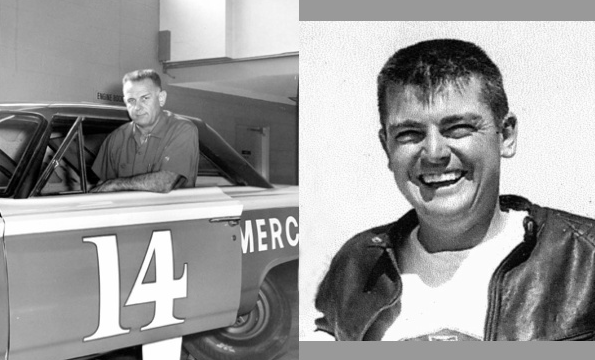
From this rather special base template, Whiteside took the car to Bill Strope’s renowned hot-rod shop near Long Beach, California, where he—with the help of Mickey Thompson—modified the ragtop Pontiac to run a consistent 140 mph while towing the M2-F1 glider. In an example of old-school hot-rod wizardry, the boys tuned the car to produce maximum torque at a measured—by a dyno—100mph. Wowzah.
While the four-speed manual transmission was a special-order factory piece, it was replaced with a special gearbox, with transmission gear ratios significantly different than other available gearboxes. Once drag slicks were installed the car could reportedly accelerate to 110mph on a dry lake bed in 30 seconds, all while towing the 1,000lb M2-F1 it was designed to tow. While performing towing duties, the engine reportedly got 4 miles to the gallon.
Safety modifications were also executed, namely through the addition of roll bars front and middle. On top of the radios and intercoms that were installed for testing, Whiteside had the front passenger seat reversed for observation duties. On top of that he removed the rear set, adding a further bucket seat, albeit sideways facing for observation. To aid in the installation of these more mundane modifications, Whiteside got full support from the NASA fabrication shops headed by Ralph ‘Sparky’ Sparks.
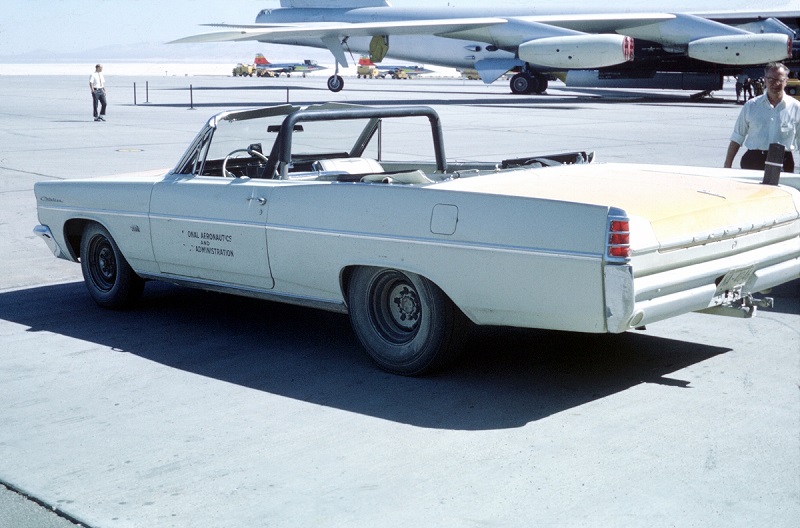
At the end of these modifications the car remained street legal, and was registered using government plates. To ensure that citizens who happened to see the car did not think it was some corrupt official’s plaything, the words National Aeronautics & Space Administration were lettered on the door, and the hood and trunk lid were painted high-visibility yellow just like any other flight-line vehicle. This did not prevent the car, driven by Whiteside, from being pulled over during the transit drive from Strope’s shop to the NASA Dryden Flight Research Center in Palmdale, California. Turns out the officer was merely curious as to why such a car—the Pontiac was fully hot rodded, including straight pipes, at this time—had government plates. He let Whiteside go, supposedly perplexed at the explanation.
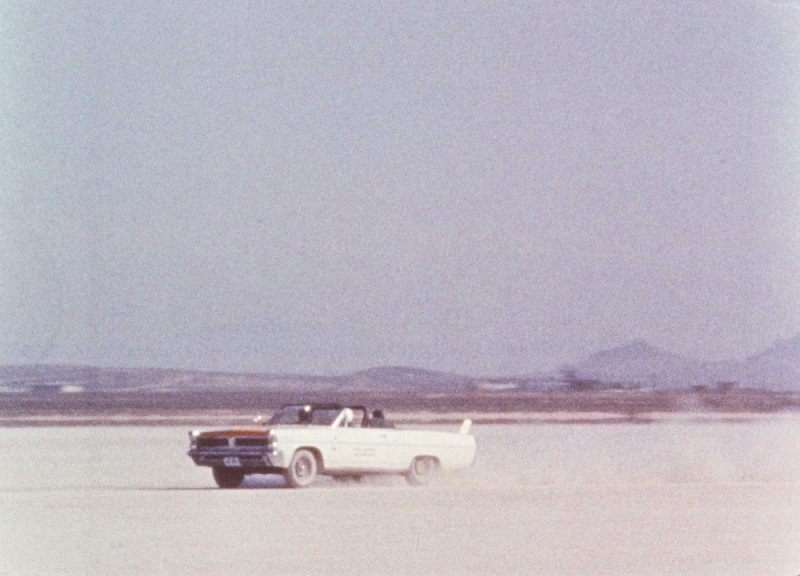
Whiteside got his chance to open the car up once they reached the lake bed base, as neighboring Nevada did not have speed limits at the time. This meant that NASA, awesome government agency that they are, used the state of Nevada to perfectly calibrate the speedometer, with Whiteside reportedly reaching speeds nearing 180mph on public highways. After these calibrations, NASA’s hot rod was ready to go.
And go it did. The Pontiac towed the M2-F1 for the first time on March 1, 1963, and before April was over, it had towed it a total of 48 times. For nearly 6 months, the Catalina was put through its paces, running 400 ground tow tests. The M2-F1 lifting body program proved so successful that NASA eventually provided a C-47 cargo aircraft to tow the glider at full airspeeds.
The video shows a small clip of the M2-F1 being towed by the modified Pontiac.
Eventually, with the inclusion of the C-47 aircraft, the Pontiac ended up spending more time on the runway. While operators at the base were well aware of the hot rod’s purpose, visitors to the base were not so keen on the idea. To forgo any potential issues, Whiteside would be phoned ahead of any visitors, so he could move the Catalina behind a shed and toss a tarp on it. Wouldn’t want the boys in Houston getting jealous, now would we?
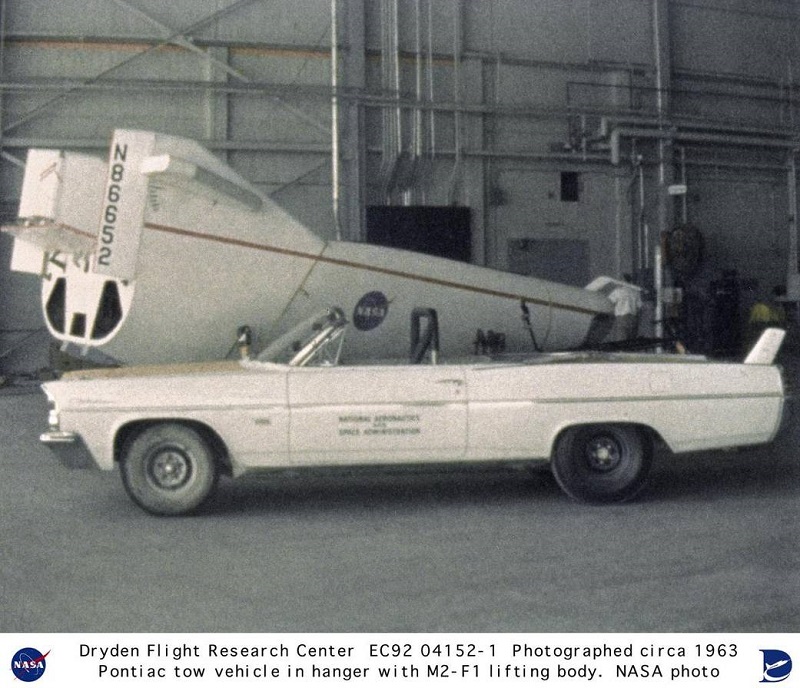
Near the end of 1963, the Pontiac was shipped to NASA Langley Research Center in Virginia and used in tests at Wallops Island. The Dryden Flight Research Center lamented the loss of their toy, with the X-Press, the NASA newspaper at Edwards Air Force Base capturing the sentiment perfectly through a comment from a reader; “No longer can we drive along the lakebed and pass the airplanes in flight.”
Luckily, there have been recent reports that the car has been found in Georgia and is currently being restored by the Air Force Flight Test Museum at Edwards Air Force Base for public display. I emailed the museum asking for a restoration update, and will keep this article updated as they reply.
Like the article? Want to read more like it? Check out my website thespeedtrap.net, for weekly history articles and more besides. If I missed something or if you have a question, feel free to leave a comment below, and don’t forget to hit the like button.
Categories

2 thoughts on “History Hits: NASA’s Hot-Rodded Pontiac Convertible” Leave a comment ›